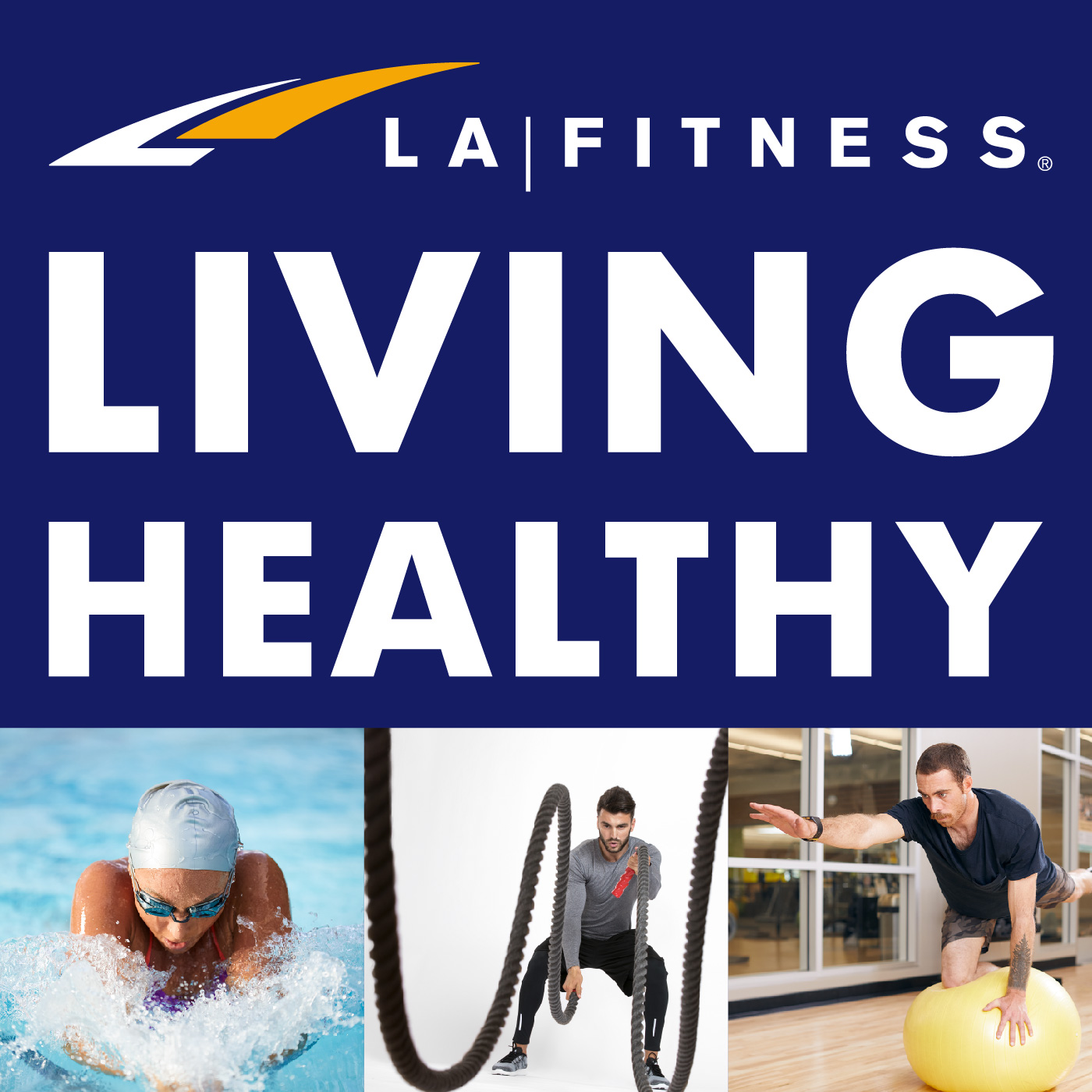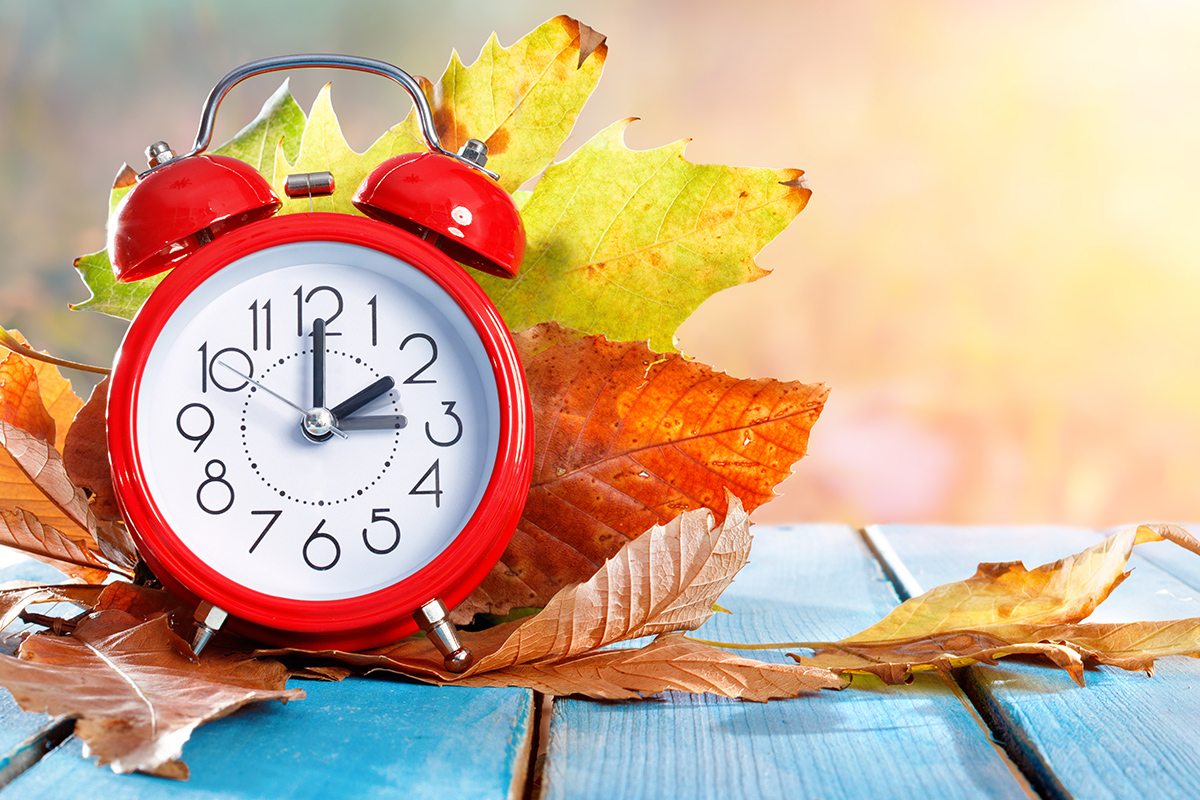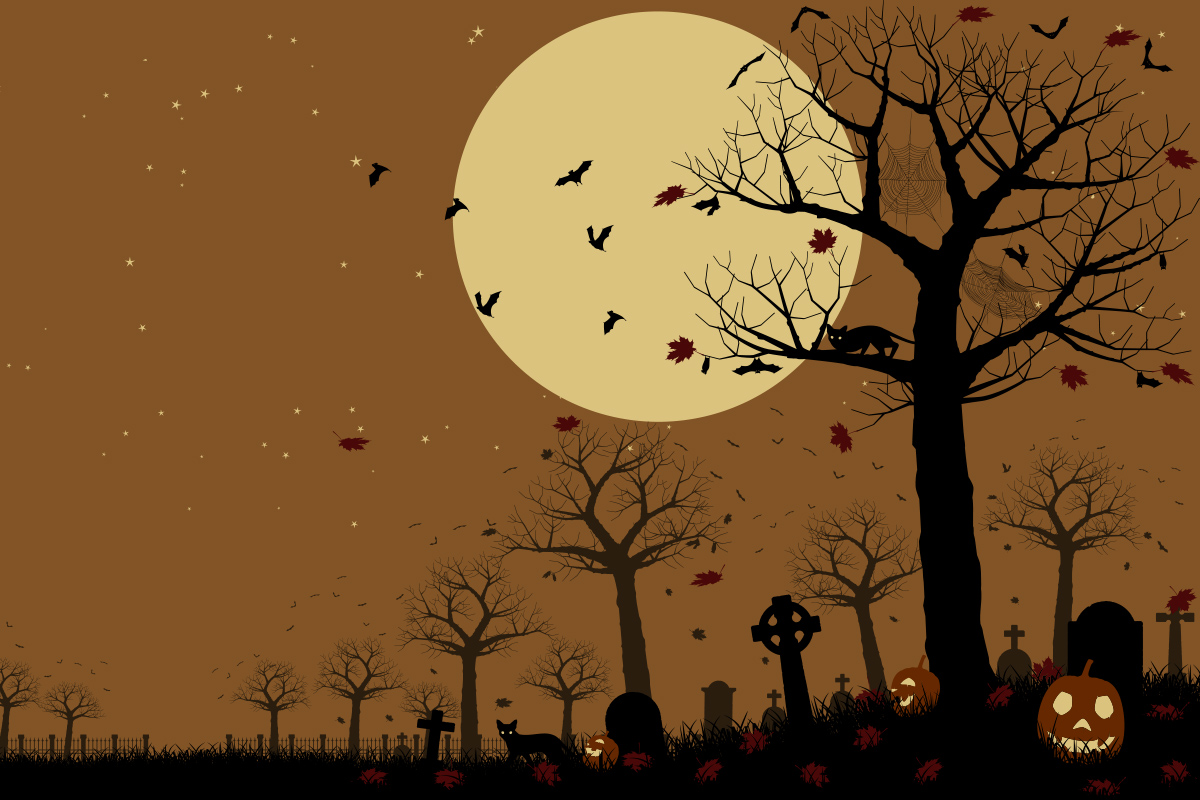What Happens in the Brain When You’re Afraid?
On a biological level, we know that, when you’re afraid, certain hormones are released in the body to prepare you for a fight–or–flight response. The primary hormones involved in this process include adrenaline (also known as epinephrine), norepinephrine, and cortisol.
These three hormones give your body a boost of energy, channel your focus, and divert blood flow to your major muscle groups. Once this happens, your body is primed to respond to the perceived danger.
If you don’t enjoy the heart-pounding startles, you might wonder why anyone in their right mind would put themselves through this experience on purpose. Yes, the body gets a surge of anxious energy, but you also experience the release of neurotransmitters like dopamine.
Dopamine is what is commonly associated with the brain’s “pleasure center.” It’s a source of the excitement and relief that comes after a scare and when your brain realizes you were never in any real danger. For spook-seekers, this is the experience that makes the scare worthwhile.




 Have a nutrition question? Our registered dietitian is ready to help!
Have a nutrition question? Our registered dietitian is ready to help!

















